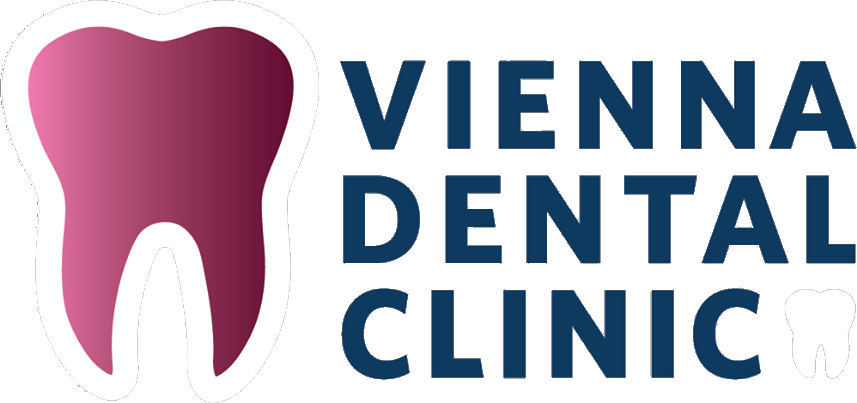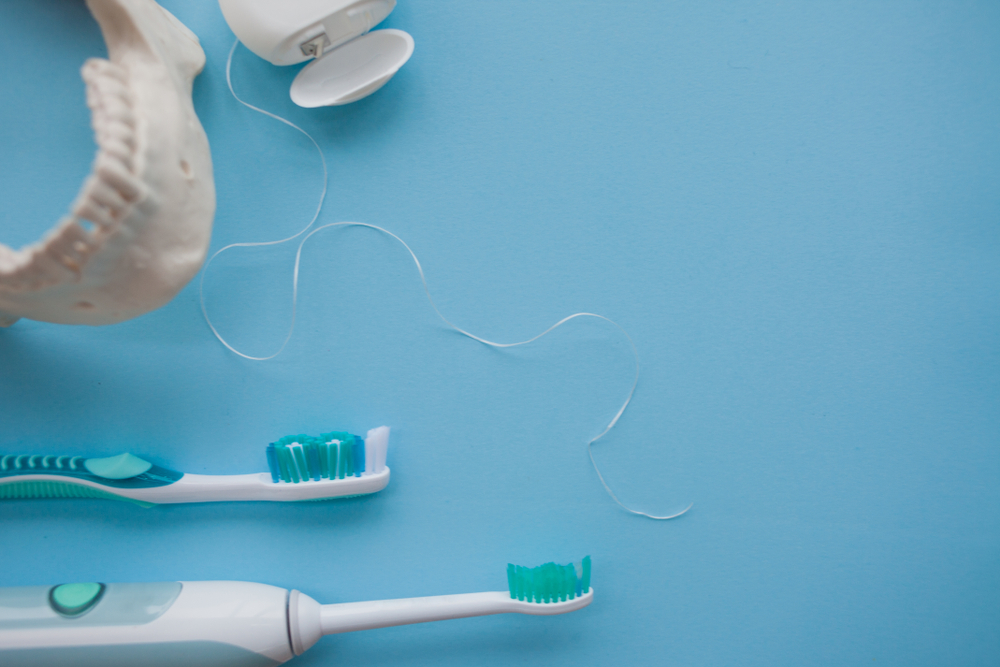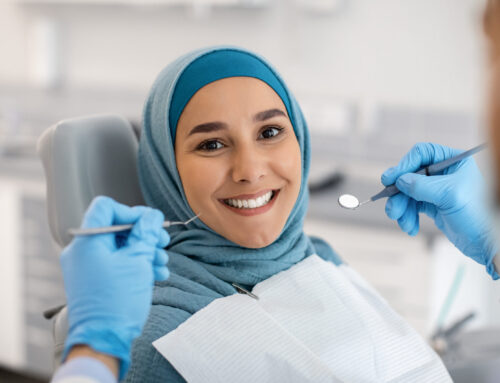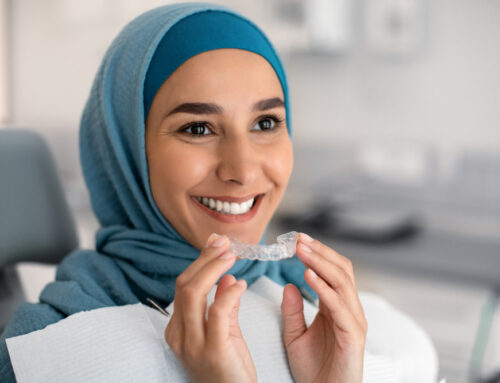Should I Floss or Brush First?
Are you unsure whether to floss before or after cleaning your teeth? When it comes to doing the best clean possible, determining which sequence of your daily oral hygiene routine removes the most plaque, food particles, and debris from your mouth is critical.
Most people’s go-to sequence is to floss after brushing. After all, brushing removes plaque and food from tooth surfaces, opening up tighter regions for flossing.
However, for some, brushing first and then flossing may leave plaque or food particles that are eliminated from in-between teeth while flossing, and the debris can remain in your mouth up until the next time you brush; that’s why it’s essential to brush at least two times a day or after meals. Maintaining an absolute oral care routine of brushing and flossing daily can help keep plaque out—regardless of the order.
So, which comes first, brushing or flossing? The quick answer is that it is completely up to you! As long as you continue to floss and brush as part of your regular oral hygiene practice, you’ll get the deep cleaning your mouth requires to keep your teeth and gums healthy.
What are the Benefits of Flossing?
- Remove More Plaque: Plaque accumulates between teeth and may be removed by flossing. In addition, brushing your teeth with an electric toothbrush will help remove even more plaque and dirt from your mouth.
- Help Keep Teeth Bright: To minimize tooth darkening and discolouration caused by tartar, which a dental expert can only remove, it is essential to avoid tartar in the first place. Plaque accumulation hardens into tartar, which changes the colour of your teeth. Flossing allows you to eliminate more plaque before it hardens into tartar.
- Keep Gums in Good Condition: Good gum care is essential, especially because your gums are the core of your smile. You can clean your gum line more effectively if you floss and brush for the dentist-recommended 2 minutes.
How to Choose Your Floss?
To find the best floss, look for one that is made of non-toxic materials and can be used in the way you prefer.
You can floss your teeth with regular floss, knotted floss, or interdental brushes.
Floss sticks are especially useful if you have a tiny mouth opening and have difficulty flossing. You can use disposable or reusable floss sticks in your dental care regimen.
Practice a Complete Oral Care Routine
There are various advantages to flossing first rather than brushing. When followed regularly, a proper oral hygiene program may help keep your breath fresh, teeth clean, and gums in good shape.
- Floss your teeth at least once daily to remove plaque, food, and debris.
- When flossing, be careful and use the proper technique to eliminate plaque while keeping your gums healthy.
- Brush your teeth at least twice daily, preferably with an electric toothbrush, for a more thorough cleaning.
- To help decrease plaque accumulation and strengthen teeth, use fluoride toothpaste.
- See the dental professional at least twice a year for professional cleanings and check-ups.




